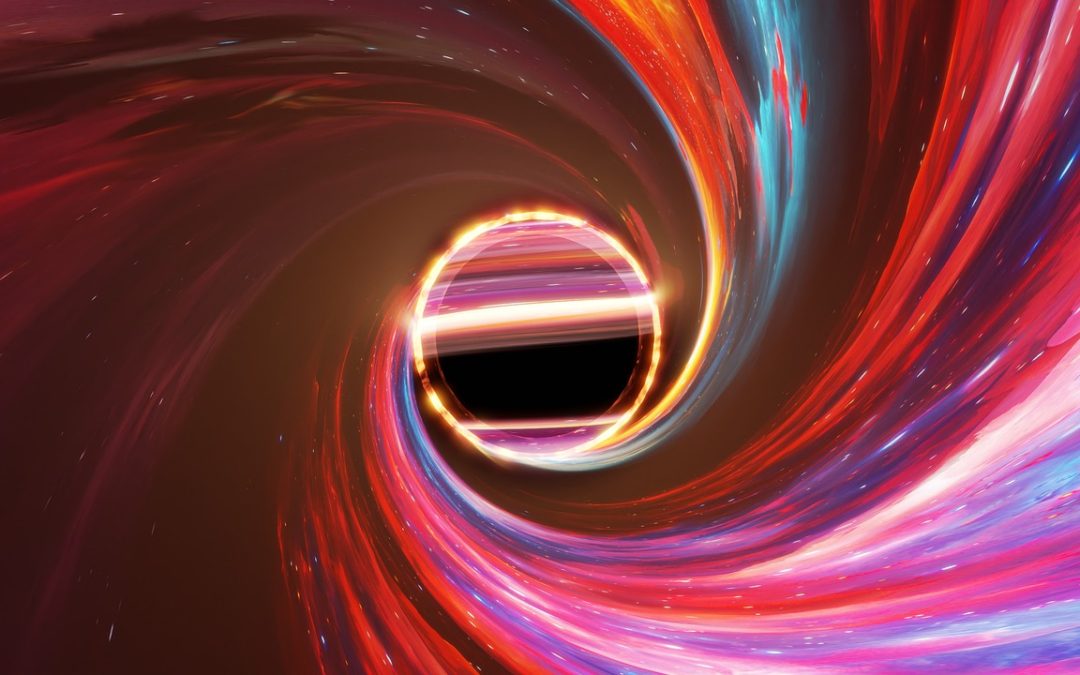 Unveiling the Enigmatic Depths: Exploring Black Hole Singularities
Unveiling the Enigmatic Depths: Exploring Black Hole Singularities
Black holes have long fascinated scientists and the general public alike. These enigmatic cosmic entities, with their immense gravitational pull, have the power to bend space and time, devouring everything that comes within their grasp. While much is known about the event horizon, the boundary beyond which nothing can escape a black hole’s gravitational pull, the true nature of what lies within remains a mystery. At the heart of every black hole lies a singularity, a point of infinite density and unimaginable physics. Exploring these black hole singularities could hold the key to unlocking some of the universe’s deepest secrets.
The concept of a singularity was first introduced by physicist Albert Einstein in his theory of general relativity. According to this theory, when a massive star collapses under its own gravity after exhausting its nuclear fuel, it forms a singularity. This singularity is a point where all matter is compressed into an infinitely small space, creating a gravitational field so intense that not even light can escape its clutches.
However, the laws of physics as we currently understand them break down at the singularity. General relativity predicts infinite density and curvature at this point, which is mathematically problematic. This is where the quest to explore black hole singularities becomes crucial. By delving into these enigmatic depths, scientists hope to uncover new physics that can reconcile general relativity with quantum mechanics, the other fundamental theory governing the microscopic world.
One possible avenue for exploring black hole singularities is through the study of quantum gravity. Quantum gravity aims to unify general relativity with quantum mechanics, providing a framework that can describe the behavior of matter and energy at extremely small scales. By applying quantum gravity to black hole singularities, scientists hope to gain insights into the nature of space and time at these extreme conditions.
Another approach to understanding black hole singularities involves the study of information paradoxes. According to the laws of quantum mechanics, information cannot be destroyed. However, when matter falls into a black hole, it seemingly disappears from our universe, leading to the question of what happens to the information it contained. Resolving this paradox could provide valuable clues about the nature of black hole singularities and the underlying physics that govern them.
Recent advancements in theoretical physics and observational astronomy have shed some light on the nature of black hole singularities. The discovery of gravitational waves, ripples in the fabric of spacetime caused by cataclysmic events such as black hole mergers, has provided a new tool for probing the depths of these cosmic behemoths. By studying the gravitational waves emitted during such events, scientists can gain insights into the dynamics of black hole singularities and test the predictions of general relativity.
Additionally, the groundbreaking image of a black hole’s shadow captured by the Event Horizon Telescope in 2019 has opened up new possibilities for studying black hole singularities. This image, which revealed the silhouette of the supermassive black hole at the center of the M87 galaxy, provides valuable observational data that can be used to refine our understanding of these mysterious entities.
Exploring black hole singularities is not without its challenges. The extreme conditions near a singularity make it difficult to apply our current theories and conduct direct observations. Nevertheless, scientists are pushing the boundaries of our knowledge, using mathematical models, computer simulations, and innovative observational techniques to unravel the secrets hidden within these cosmic enigmas.
Unveiling the enigmatic depths of black hole singularities is a journey that promises to revolutionize our understanding of the universe. By exploring these extreme cosmic phenomena, scientists are not only pushing the boundaries of our knowledge but also striving to reconcile the fundamental laws of physics. As we delve deeper into the mysteries of black hole singularities, we may uncover profound insights into the nature of space, time, and the very fabric of our existence.
